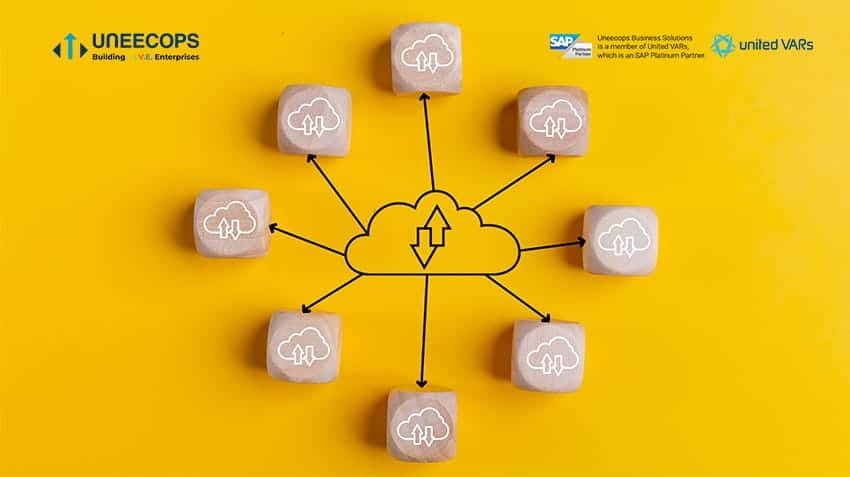Mastering Email Drip Campaigns: A Step-by-Step Guide to Boost Engagement and Conversions

Introduction
Email drip campaigns are a powerful tool in your digital marketing arsenal. They allow you to engage your audience over time, nurture leads, and convert prospects into loyal customers. In this guide, we will delve into the intricacies of creating effective email drip campaigns, step by step, to boost engagement and drive conversions.
Understanding Email Drip Campaign Basics
What is an Email Drip Campaign?
An email drip campaign is an automated series of emails sent to a specific audience over a defined period. It’s designed to guide recipients through a predetermined journey, providing relevant content and nurturing relationships.
Key Components of Drip Campaigns
Target Audience Segmentation: Divide your email list into segments based on demographics, behavior, or preferences.
Email Content: Craft compelling, valuable content tailored to each segment.
Timing and Frequency: Determine when and how often emails will be sent.
Benefits of Email Drip Campaigns
Nurtures leads and builds trust.
Increases engagement and customer retention.
Drives conversions and boosts revenue.
III. Setting Objectives and Goals
Before launching your email drip campaign, it’s crucial to define your objectives and goals.
Defining Your Campaign’s Purpose
Clearly articulate why you’re running the campaign. Is it for lead generation, onboarding, upselling, or customer retention?
Establishing Measurable Goals
Set specific, measurable goals. For instance, a goal could be a 20% increase in conversions within three months.
Identifying Key Performance Indicators (KPIs)
Choose KPIs that align with your goals. Common KPIs include open rates, click-through rates, conversion rates, and revenue generated.
Building Your Email List
Building a high-quality email list is the foundation of a successful email drip campaign. A robust list ensures that you’re reaching the right people with the right message. Here, we’ll dive deeper into the strategies and best practices for list building, ensuring that you’re not only expanding your audience but also doing so ethically and effectively.
Strategies for List Building
Opt-in Forms: Placing well-designed opt-in forms strategically on your website, blog, and landing pages is a tried-and-true method. These forms should be easy to spot and quick to complete, minimizing friction for potential subscribers.
Lead Magnets: Offering valuable incentives can significantly boost your sign-up rate. Consider creating and promoting lead magnets like e-books, whitepapers, webinars, or exclusive discounts. These incentives encourage visitors to share their email addresses in exchange for valuable content.
Landing Pages: Dedicated landing pages designed for specific campaigns or content offers are effective in capturing leads. Keep landing pages concise, with a clear call-to-action (CTA) and a compelling value proposition.
Social Media Integration: Promote your email sign-up across your social media profiles. Social followers who are already engaged with your brand are more likely to become email subscribers.
Contests and Giveaways: Running contests or giveaways with email subscription as an entry requirement can rapidly grow your list. Ensure the prize is enticing and relevant to your target audience.
Ensuring GDPR and CAN-SPAM Compliance
Building your list must be done in compliance with regulations such as the General Data Protection Regulation (GDPR) and the CAN-SPAM Act to protect your subscribers’ privacy and avoid legal issues. Understand the requirements, including explicit consent, and ensure your practices align with these standards.
Segmenting Your Email List
Segmenting your email list is pivotal for personalization and relevance. By dividing your list into meaningful segments, you can send tailored content to specific groups. Segmentation can be based on demographics, purchase history, engagement level, or other relevant factors. It allows you to send the right message to the right people at the right time.
Content Partnerships and Co-marketing: Collaborating with other businesses in your industry for co-branded content model or promotions can expose your brand to new audiences and encourage list growth.
Referral Programs: Implement a referral program that rewards existing subscribers for referring friends or colleagues to join your email list.
In-Person Events: If applicable, collect email addresses at trade shows, conferences, or in-store events. Ensure you have a clear privacy policy and obtain consent for email communications.
By expanding your strategies to include these additional list-building tactics and adhering to legal compliance, you can ensure that your email list grows organically and is populated with engaged and interested subscribers.
Crafting Compelling Email Content
Creating captivating email content is the heart of an effective drip campaign.
Personalization and Relevance
Personalize emails based on recipient information and their position in the sales funnel. Tailored content resonates better.
Writing Attention-Grabbing Subject Lines
Subject lines should be concise, intriguing, and relevant to the email’s content.
Creating Engaging Email Copy
Craft content that is informative, engaging, and easy to read. Keep your audience’s pain points and interests in mind.
Incorporating Visuals and Multimedia
Visuals like images, videos, and infographics can enhance engagement and convey your message more effectively.
A/B Testing Email Content
Regularly test different elements of your email content, such as subject lines, CTAs, and images, to optimize your campaign’s performance.
Mapping Out the Drip Campaign
- Creating a Drip Campaign Flowchart Visualize the sequence and timing of emails in a flowchart to ensure a logical progression.
- Determining the Number of Emails Decide how many emails your campaign will consist of. It can vary based on your campaign’s goals and complexity.
- Setting the Timing and Intervals Determine the time gaps between each email, keeping recipient behavior and expectations in mind.
- Tailoring Content for Each Email Each email in the sequence should provide unique, valuable content that nudges the recipient closer to your desired action.
Automation and Email Marketing Tools
Choosing the right tools and platforms is crucial for efficient drip campaign management.
- Selecting an Email Marketing Platform Choose a reliable email marketing platform with automation capabilities that suit your needs.
- Setting Up Automation Sequences Use the platform’s automation features to schedule and send emails according to your campaign’s flowchart.
- Integrating with Customer Relationship Management (CRM) Systems Integration with CRM systems can help you better understand your audience and tailor your campaigns accordingly.
Conclusion
In this guide, we’ve explored the fundamentals of email drip campaigns, from understanding the basics to setting objectives, building your email list, creating compelling content, mapping out the campaign, and utilizing automation. By mastering these steps and continuously optimizing your approach, you can create email drip campaigns that nurture leads, engage your audience, and ultimately drive conversions, boosting your business’s success.

The Financial Side of Moving: Budgeting and Saving Tips

Making Memories: International Rakhi Celebrations and Traditions

What Makes the #1 Ranked Email Data Service Essential for Your Business?

Pre-Requisites Before Applying for an Instant Personal Loan

Embrace the Magic of Turkey: An Unforgettable Visit

The Financial Side of Moving: Budgeting and Saving Tips

Making Memories: International Rakhi Celebrations and Traditions

What Makes the #1 Ranked Email Data Service Essential for Your Business?








